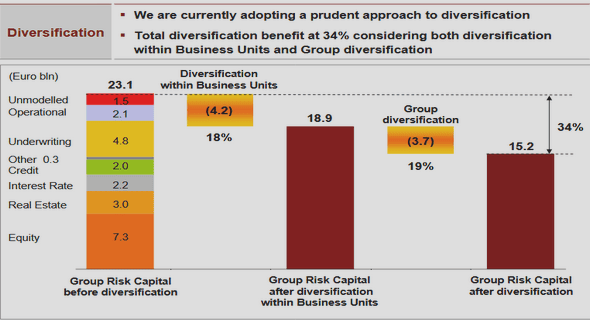(Downloads - 0)
For more info about our services contact : help@bestpfe.com
Table of contents
1 The insurance sector in the new digital era
1.1 Introduction
1.2 New data and new tools originating from digital technologies
1.2.1 New kinds of available data
1.2.2 New sources of information
1.2.3 New tools of data analysis
1.3 New data shapes the insurance practice and the insurance sector
1.3.1 New possibilities that create new companies
1.3.2 Health insurance and personal data
1.3.3 Automobile insurance and telematics
1.4 The implications of new data usage for the insurance sector
1.4.1 Market structure and the information asymmetry are challenged
1.4.2 Individualization, personalization and risk classification
1.4.3 Behavioral data, new contracts and risk prevention
1.5 Conclusion
2 Risk pooling and ruin probability, or why high risks are not bad
2.1 Introduction
2.2 Related literature
2.2.1 The policyholder’s point of view
2.2.2 The insurer’s point of view
2.2.3 The regulatory approach
2.3 Probability of insolvency and high-risk agents
2.3.1 Binary distribution
2.3.2 Normal distribution
2.4 Discussion
2.5 Conclusion
Appendix A
A.1 Non-monotonicity of the ruin probability in case of binary distributed claims
3 Mutual or stock insurance: solidarity when insolvency matters
3.1 Introduction
3.2 Related literature
3.2.1 The impact of insurer’s insolvency
3.2.2 Stock and mutual insurance considered together
3.2.3 Endogenous insolvency with both stock and mutual insurers .
3.3 The model with two types of insurers and endogenous insolvency
3.3.1 Stock insurer: individualized premiums and the risk loading .
3.3.2 Mutual insurer: average premiums and ex post adjustment
3.4 The choice of the insurer’s type
3.5 Discussion
3.6 Conclusion
Appendix B
B.1 Proof of Proposition 3.1
B.2 Proof of Corollary 3.1
B.3 Proof of Proposition 3.2
4 Behavioral contract or bonus-malus contract for improving prevention: an experimental approach
4.1 Introduction
4.2 Related literature
4.2.1 Prevention effort and self-protection
4.2.2 Bonus-malus contract and experience-rating systems
4.3 Prevention decisions with two contract types
4.3.1 The model of prevention with two contract types
4.3.2 Optimal prevention level
4.3.3 Theoretical predictions and experimental treatments
4.4 Experimental design
4.4.1 Individual choice of prevention effort and contract type
4.4.2 Elicitation of prudence and risk aversion
4.4.3 Monetary incentives
4.5 Results
4.5.1 Average prevention effort in the first and second parts of the game
4.5.2 Choosing a contract
4.5.3 Econometric analysis
4.6 Conclusion
Appendix C
C.1 Optimal prevention level
C.2 Experimental instructions in French
C.3 Non-parametric analysis: results of additional Mann-Whitney tests .
General conclusion
Conclusion générale
Bibliography

